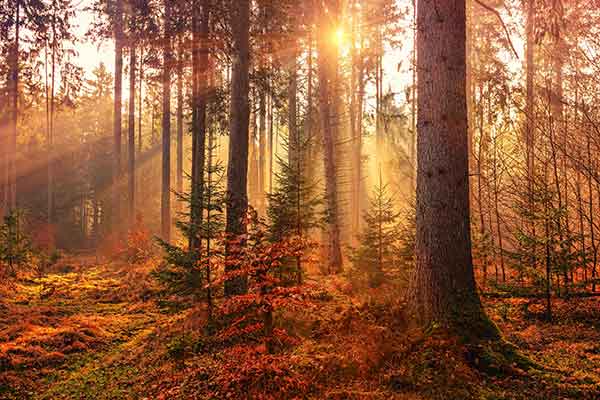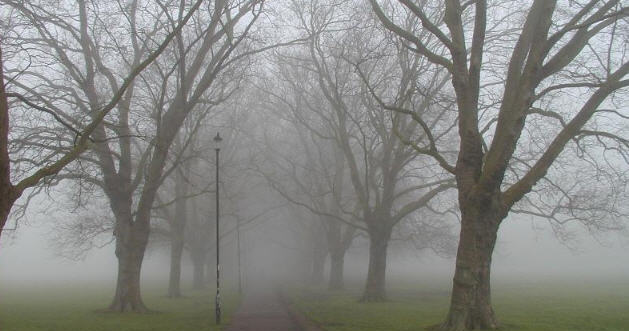Collective Autumn Triduum Vigil

Dear Ones,
It is the first day of the Autumn Triduum, October 31st, All Saints’ Eve or Halloween. As we join with one another in vigil across this passage way from death to life, it is important to recognize the main overarching theme of this type of passage which is, in the words of Cynthia Bourgeault, to taste that in ourselves which already lies beyond death in order that we might begin to live from that place now. Other mystics seems to speak of this place, Merton talked of it as a little kernel of gold which God is protecting, Richard Rohr as an immortal diamond, and perhaps this is what Saint Catherine of Genoa is referring to when she ran through the streets saying, “my deepest me is God.”
This overarching theme is made all the more real as we work with our invitation for today: making space to acknowledge the unintegrated shadow parts of our self (both unpleasant and pleasant) and masks we have constructed for protection, allowing these parts to be seen and acknowledged by the deepest Self within. In order to do this, we must know there is something that can make space, acknowledge and allow these parts without being overcome by them. We must be sure to lean into God and remain connected to the “little kernel of gold which is the essence of you” and “will not be destroyed.”
Breath Prayer
If you are new to this practice, a breath prayer is simply a prayer that you pair with your natural breathing and is something you can do all day. It is meant to give your mind something to focus on, a feeling in connection to the words to arise, and a cellular knowing to take place in your body the more you breath it. Try these words, or make them your own by changing them to fit for you. If you change it, you will want to keep the prayer to around seven syllables so that it can easily pair with your breath.
Today try breathing in, saying inwardly “my deepest me” and breathing out, saying inwardly “is God.”
Readings
Read these several times paying attention to what draws you deeper into the invitation for today.
The Fire Of The Magdalene by Alfred K Lamotte
In the gaze of Mary Magdalene there is a certain severity, the searing power of her shakti, which we too often try to soften into a comforter. Yet there is naught so soft, so comforting, as the no-thingness that burns away all that we are not.
What is Mary Magdalene’s mission? Is she just another archetype of “the divine feminine?” Are we called to abstract her, with all the other Gods and Goddesses, into the faceless hegemony of the One?
Or does she, in Shakespeare’s words, “give to airy nothing a local habitation, and a name”? Her feral astonishing bittersweet gaze, calling us toward some task quite unheard-of and outrageous?
Her darshan is a droplet of terrible fire that consumes us, burns us down and burns us up, in such accurate alchemy that our dross turns to gold, all that is not ourselves annihilated. No thing remains but the christ-all hologram of our uniqueness, irradiating every particle of the cosmos with the intimacy of our peculiar heart.
The eyes of the Magdalene behold us, and we are held. We are held in the most severe and lethal demand: the demand of bhakti. Her gaze is not the fire of anger or judgment, but passionate devotion.
Mary is devotion. That is what bhakti means. But devotion to what task? To loving Jesus? Attaining Gnosis? Embodying Sophia? Dear friend, she burns with an even deeper, purer bhakti: devotion to becoming herself.
When the drop merges with the ocean, it is our spiritual work. When the ocean merges with the drop, it is our spiritual play, our lila, our anointing.
Mary’s olive-eyed glance pierces the heart, calling us to the work and play of the great transformation. She points to our becoming and whispers, “Be yourself!” She who refuses to be an archetype or a symbol, refuses to signify any truth other than her own jagged broken perfect wholeness, calls us to the ineluctable suchness of Personhood.
A Blessing for the Inward Way by Tracy Shaw
May you learn to dwell Below the surface of the days At home with the ebb and flow of Your own heart’s tides. May you find the womb space at the center of your Life, There grow wise in the sacred rhythm Of filling and emptying, Emptying and filling. There, held safe, May you surrender to the unknown As completely as the dark moon Empties herself into the secret embrace of her Beloved, the Sun. There may you cherish hope of renewal As tenderly as the crescent moon Cradles the dark in the curve of her arm, Enfolding, quickening with life new born. And may you always open to the flow of love As voluptuously as the moon at full, Until filled, overflowing, you pour Love’s gifts out into the world. So may you grow ever more intimate With the inward way, the deepening way, Where filling is emptying, emptying is filling ~ At one with the mystery, at one.
Questions for Pondering
This Halloween, what are the shadow or masked parts within you that are dressed up and ready to go out and about, perhaps waiting to be invited by your deeper Self to receive presence, kindness, being heard or to be simply witnessed or to be fiercely and lovingly told to scurry off as they are no longer needed? How might what you are seeing within your own self shed light on collective shadow parts? What may be needed in regard to the collective shadow parts?
May our collective presence in this way be salve for the world in some unseen and unknown way.
A blessed triduum passageway to you, Heather
A note on the Fall Triduum by Cynthia Bourgeault
Many years ago, it occurred to me that the fall also offers us a Triduum in those great three days encompassing Halloween (October 31), All Saints Day (November 1), and All Souls Day (November 2). Though Halloween is by and large celebrated only as a secular holiday and All Saints and All Souls are relatively unknown beyond monastic circles, they do in fact comprise their own sacred passage, which is not only authentic in and of itself, but also a powerful mirror-image of the energy flowing through the spring Triduum. For several years now I have led silent retreats at the time of this fall Triduum, most recently for the monks and lay community of Our lady of the Holy Spirit Abbey in Conyers, Georgia. The original “Fall Triduum” retreat was pioneered—as with so much else in my life—with The Contemplative Society, at a retreat house on Vancouver Island.
Triduum, of course, is the name applied in Catholic liturgical circles to those great three days that form the heart of the Holy Week celebration: Maundy Thursday, Good Friday, and the great Vigil of Easter (Triduum means “three days.”) The solemn passage through this sacred space is experienced not only as a set of external observances, but as a journey deep within the interiority of our own hearts.
Both spring and fall Triduums deal with that passage from death to life which is at the heart of the Christian mystical path, and in fact, all mystical paths. But they do so in very different modes, with a very different emotional and spiritual coloration. At Easter the days are lengthening, the earth is springing forth with new life, and resurrection energy is already coursing through everything in the physical universe, like Dylan Thomas’s celebrated “force that drives the green fuse through the flower.” Resurrection is sort of a no-brainer, if you want to think of it that way; all the currents of our being are already set in that direction.
In the Fall Triduum the movement is more inward, against the grain. The days are shortening, the leaves are fallen, and the earth draws once again into itself. Everything in the natural world confronts us with reminders of our own mortality. The scriptural readings as the time just before Advent approaches are more and more preoccupied with the end, not only personally but cosmically: the last coming, the end of time. In this dark and inward season, there is little that encourages us to somersault over death right into resurrection; we must linger in the dark, allow the dawning recognition of how fragile we are.

And yet in the midst of this broody season of dark and inwardness, the days do offer themselves as a journey, a progression we can take. Halloween, that great druidic celebration is often lost in excess and revelry. But if you pay attention, it is actually asking us to acknowledge the false self (yes, head out trick-or-treating dressed as your false self!), let the “ghoulies and ghosties, long leggity beasties, and things that go bump in the night” cavort as they will without causing us alarm. “All shall be well, and all manner of long leggity thing shall be well.” The shadow faced, we are then free on November 1 to move into that most exquisite and subtle foretaste of the glory to come, the mystical communion of saints. From my own personal experience I can say that not Easter but All Saints is the thinnest of the thin places between heaven and earth, where the boundaries between ourselves and all we have loved but deemed lost, all we have grieved for, all the roads not taken in our lives, are met in the gentle solace of “yes.”
From there, having glimpsed on November 1 that (in the words of a wonderful old children’s book) “all land is one land under the sea,” we are then invited on November 2 to return to our human condition and particularity; to acknowledge and grieve the ones we have lost (from the viewpoint of this world) and to prepare ourselves to live more deeply and courageously this strange dual walk that we humans seem cosmically appointed to traverse, poised “at the intersection of the timeless with time” as the poet T. S. Eliot depicts it.
In the quiet, brown time of the year, these fall Triduum days are an invitation to do the profound inner work: to face our shadows and deep fears (death being for most people the scariest of all), to taste that in ourselves which already lies beyond death, drink at its fountain, then to move back into our lives again, both humbled and steadied in that which lies beyond both light and dark, beyond both life and death. What better tilling of the inner soil for the mystery of the Incarnation, which lies just ahead?
I encourage all of you who have the inclination to keep these days as best you can for this quiet but extraordinary rite of passage.
~ Cynthia Bourgeault Original posted by The Contemplative Society October 31, 2011


